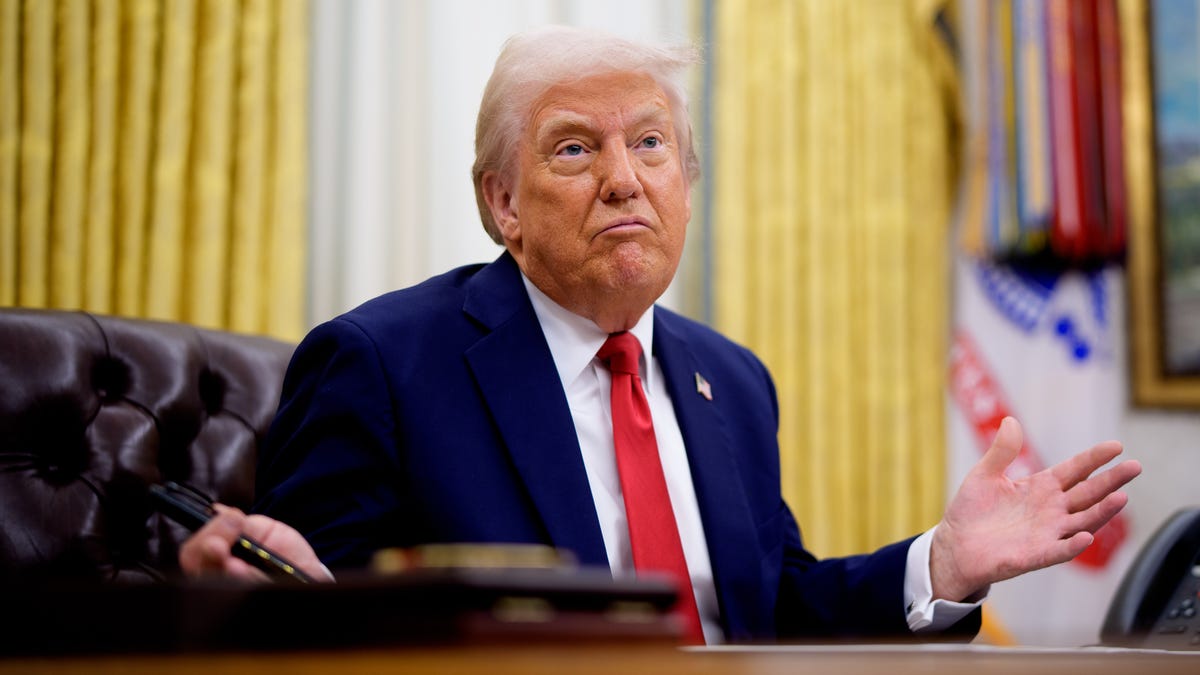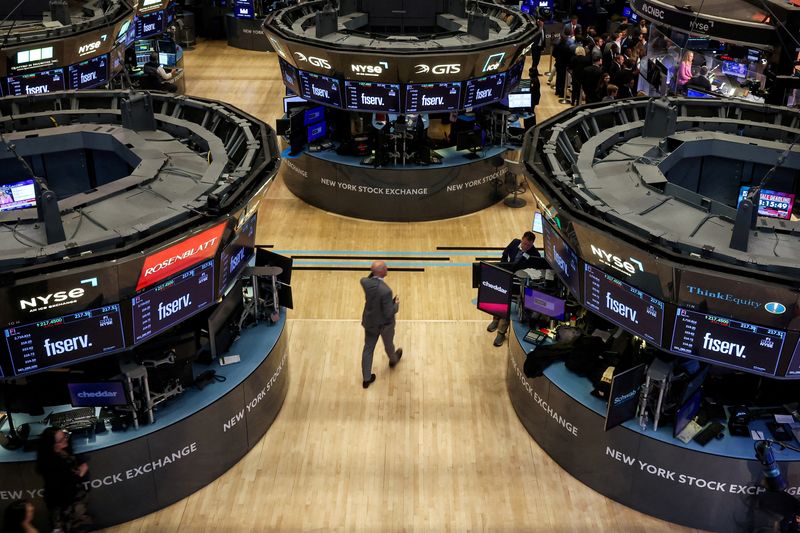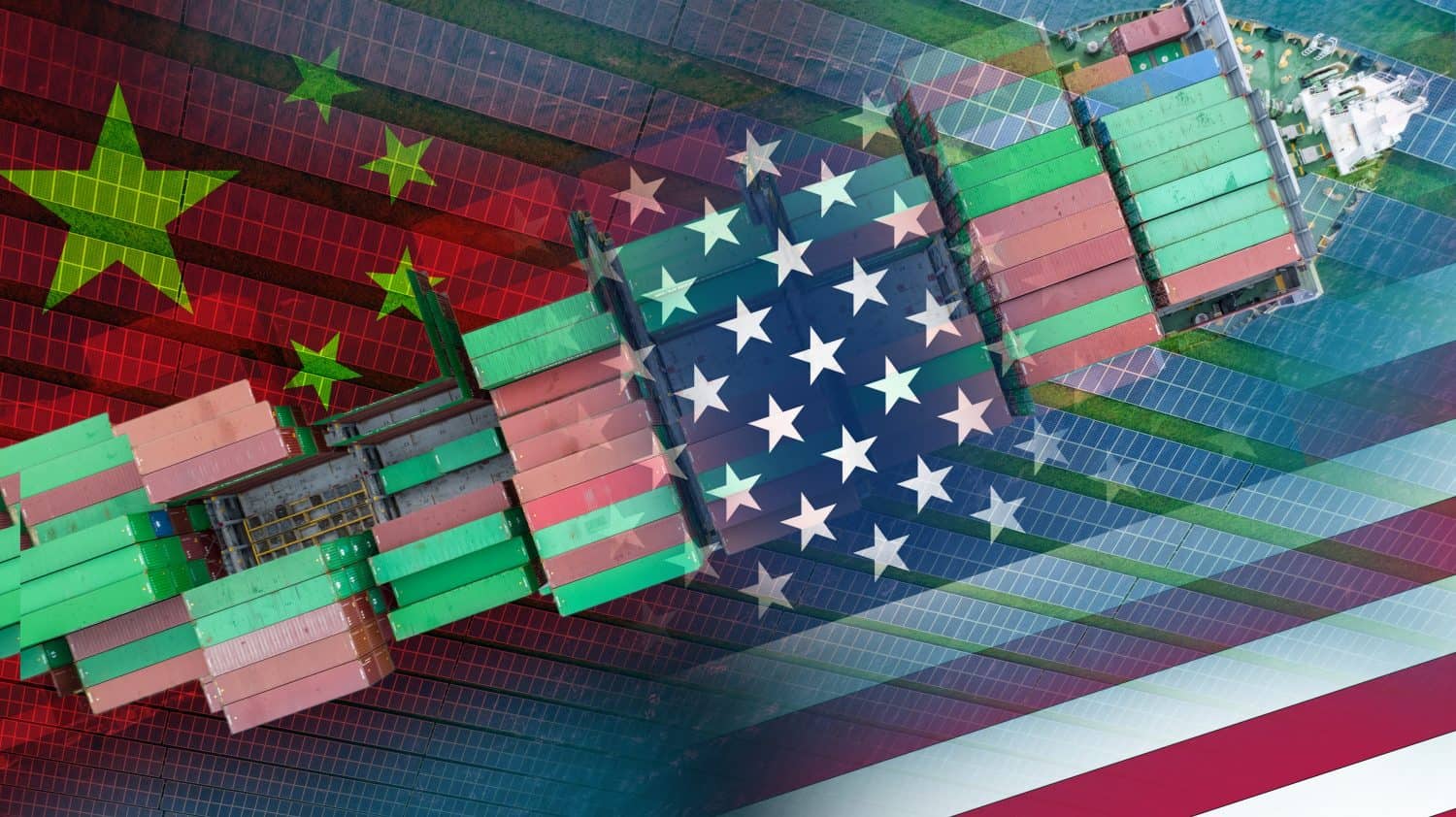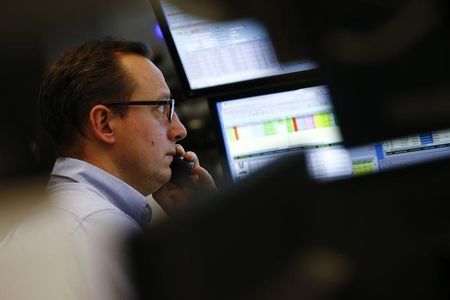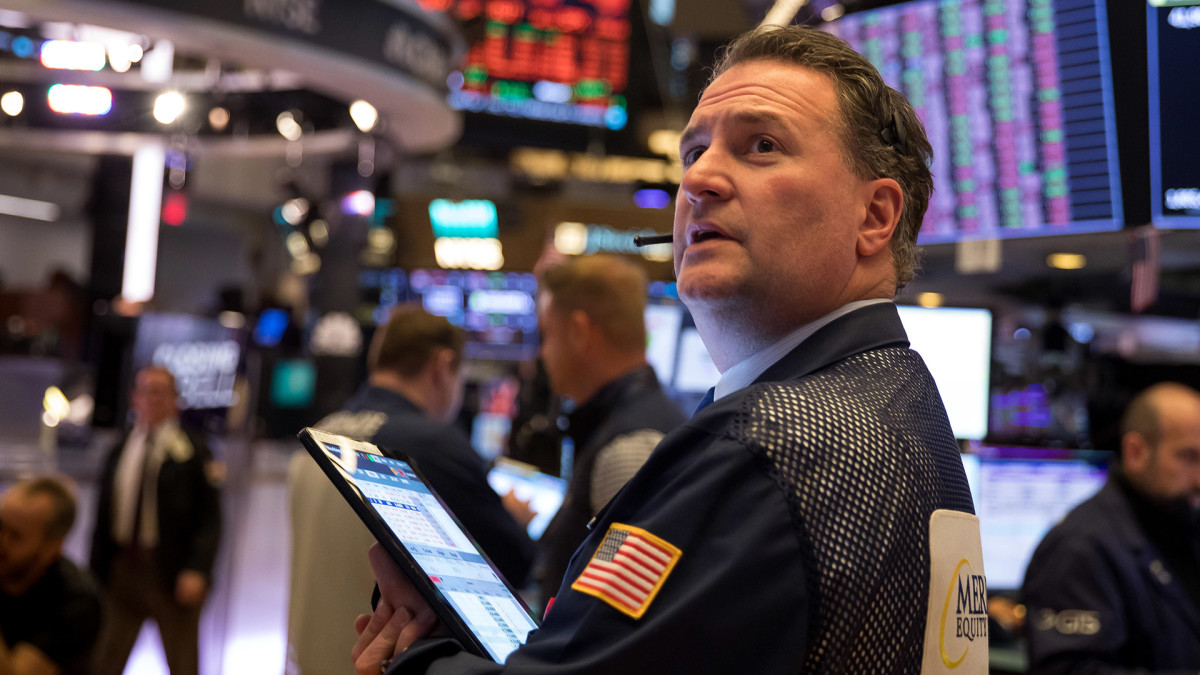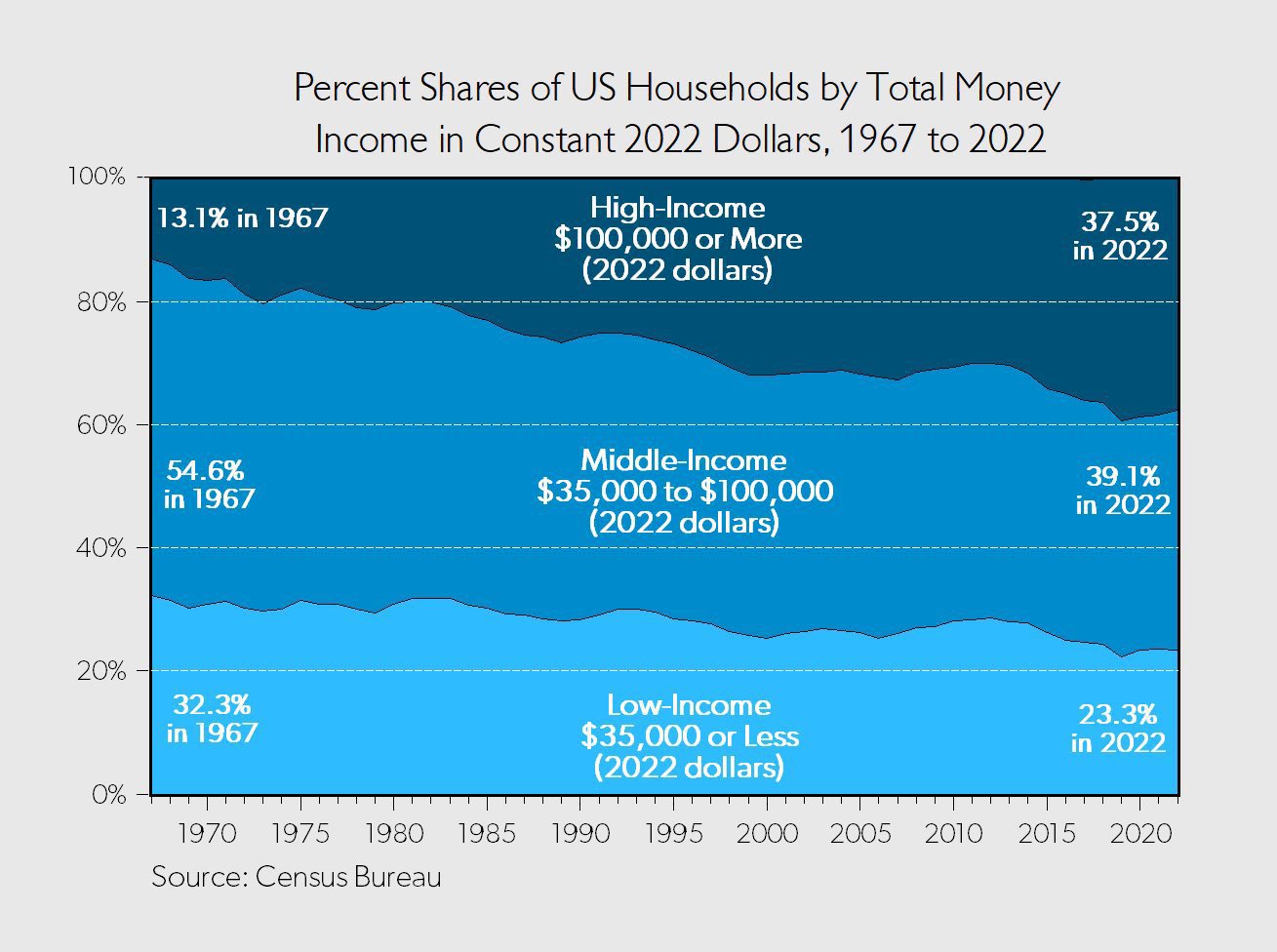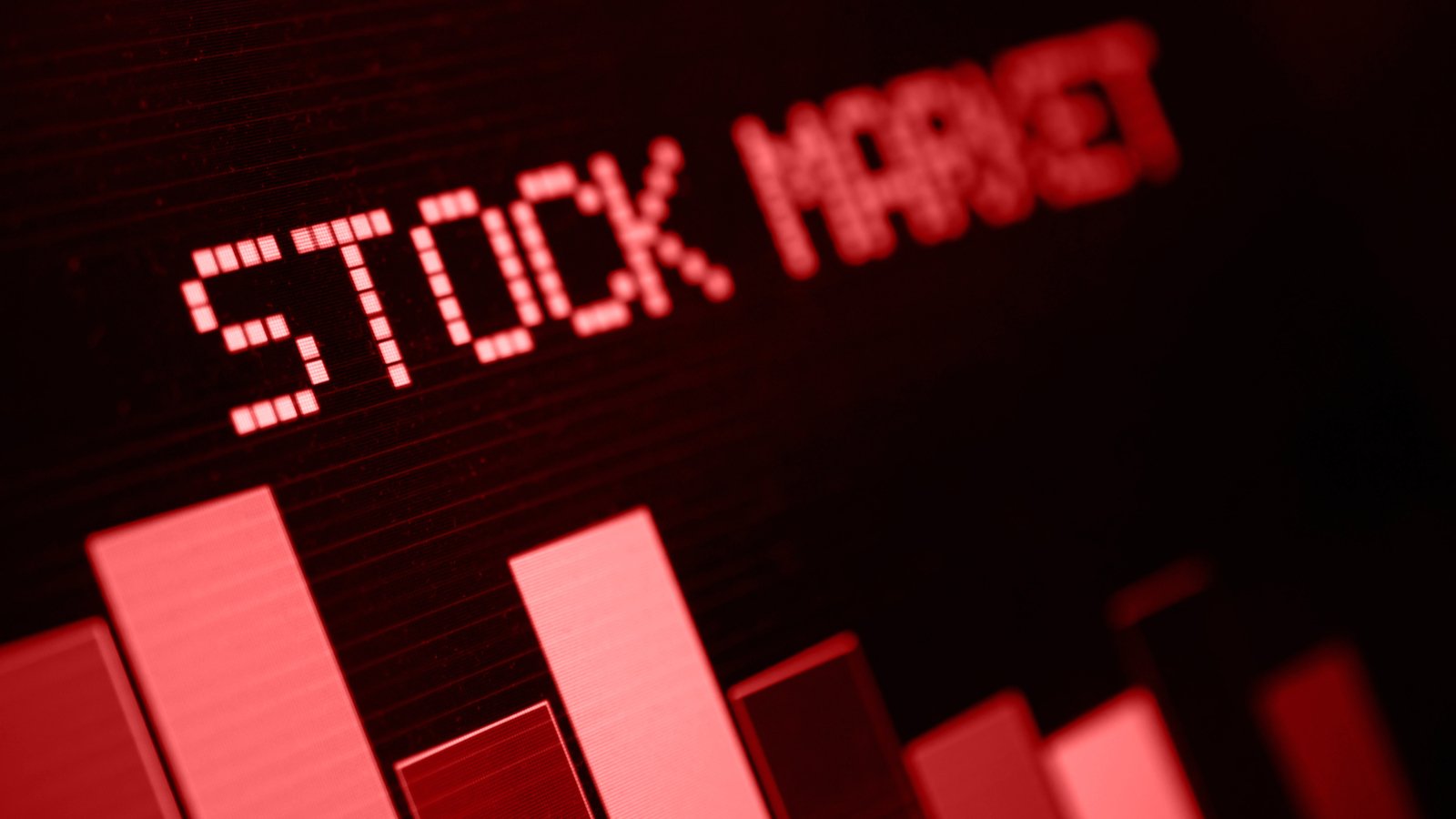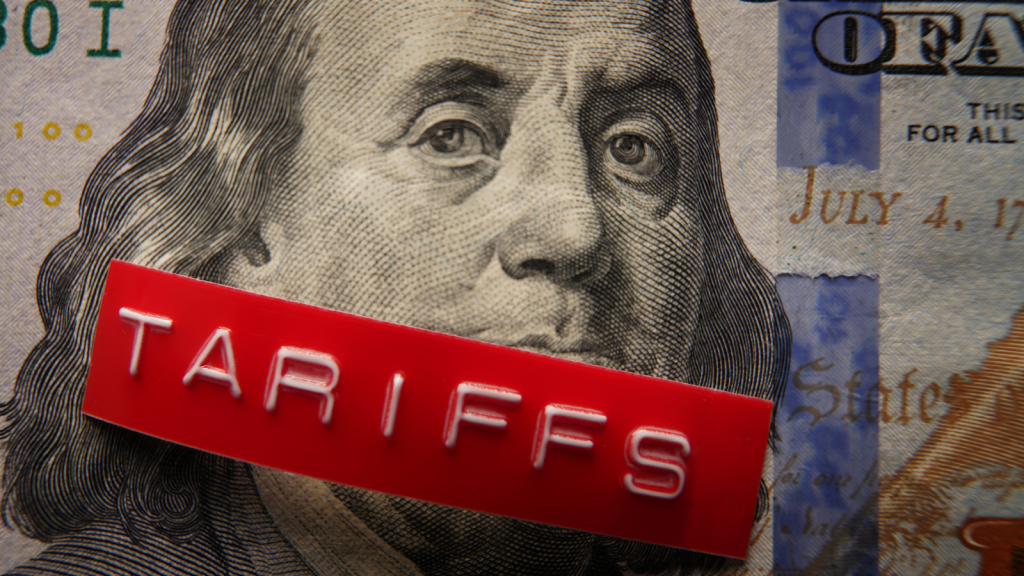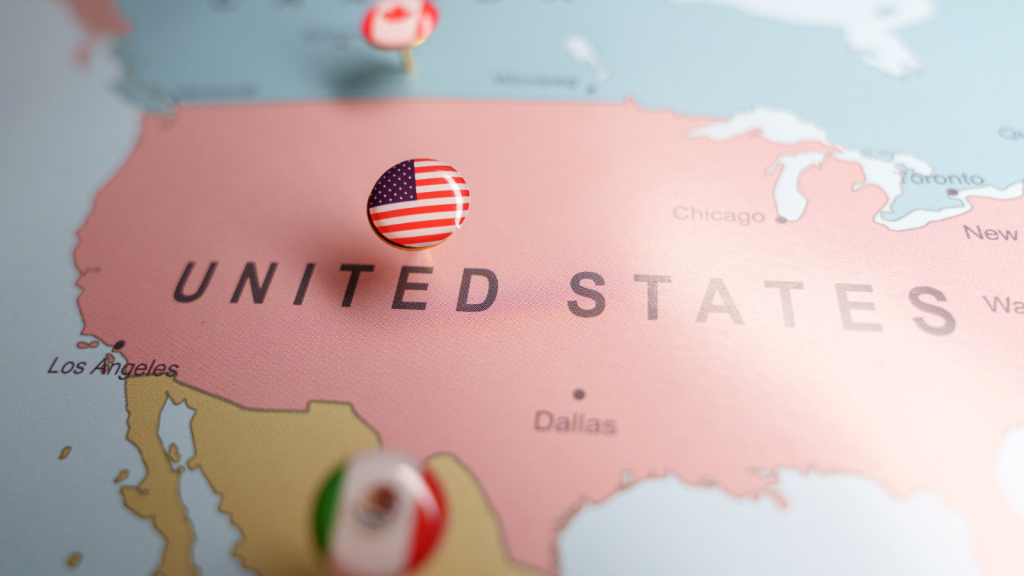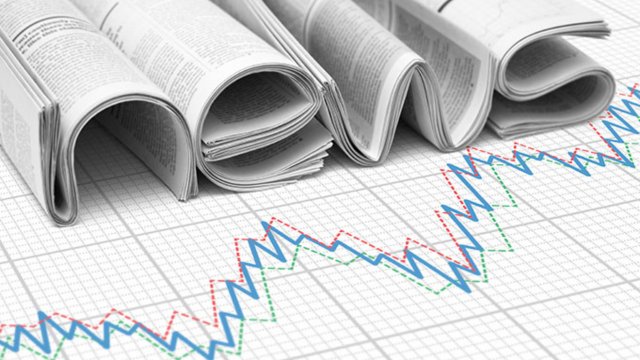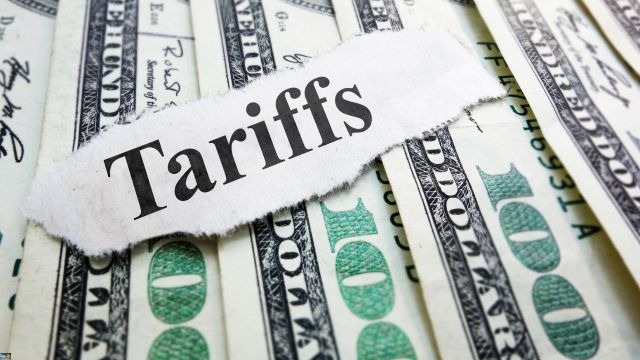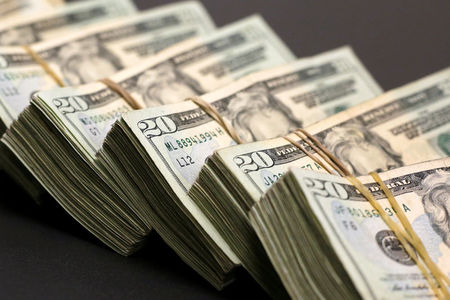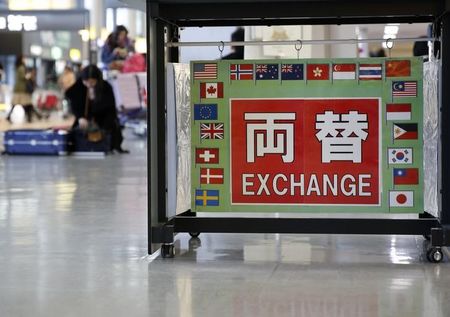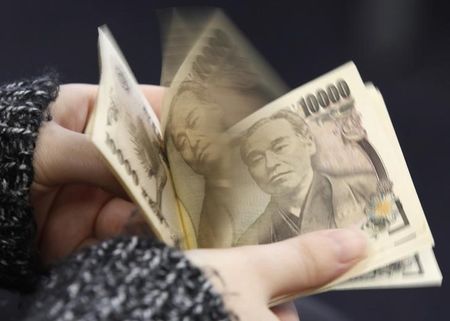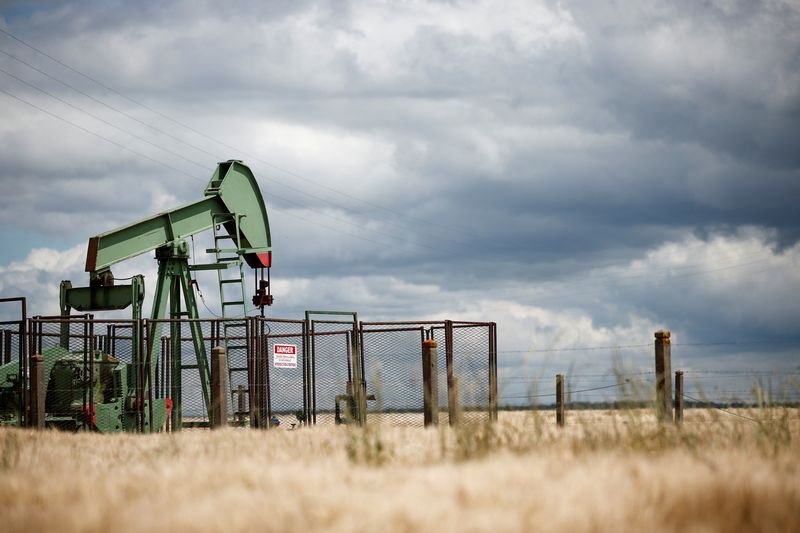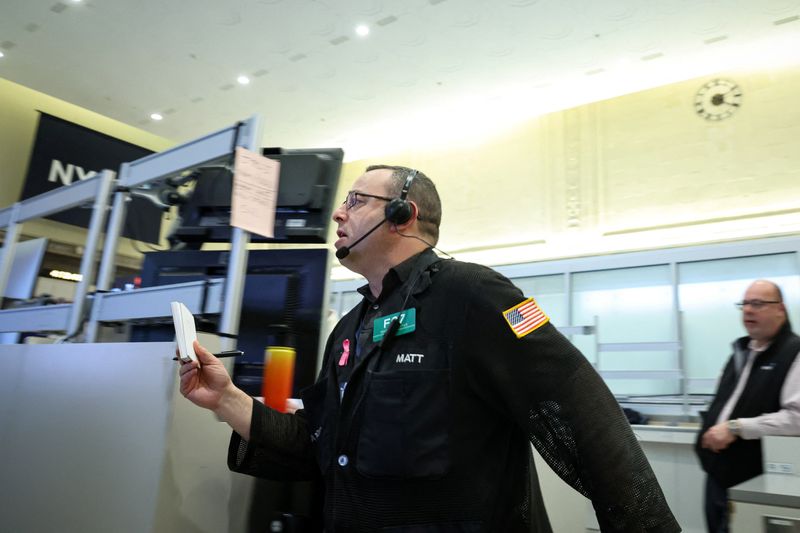Trump's "Reciprocal Tariffs": Why Major AI Stocks Apple, Meta, and Alphabet (Google) Are Feeling the Heat Today
The whole U.S. stock market is feeling the pain from the sweeping new tariffs that President Trump announced Wednesday after the market closed. As of 1:10 p.m. ET Thursday, the blue chip Dow Jones Industrial Average had fallen by over 1,300 points (3.1%), the broad market S&P 500 was off by 3.9%, and the tech-heavy Nasdaq Composite was down by 4.9%.At that time, shares of Apple (NASDAQ: AAPL) traded more than 8% lower, Meta Platforms (NASDAQ: META) was down more than 6%, and shares of Alphabet (NASDAQ: GOOGL) were off by more than 3%.At his press conference, Trump announced sweeping tariffs on nearly every nation, starting from a minimum base rate of 10% and rising -- sometimes markedly -- from there. To determine what level of tariff to impose, Trump took each country's trade surplus with the U.S., then divided that by its total exports to the U.S. The resulting percentage, he asserts, is the "tariff" that country imposes on U.S. goods. Trump's new "reciprocal tariffs" on goods being imported from that country will be set at half that level. But even countries that import more from the U.S. than they export to it will be hit with 10% tariffs.Continue reading

The whole U.S. stock market is feeling the pain from the sweeping new tariffs that President Trump announced Wednesday after the market closed. As of 1:10 p.m. ET Thursday, the blue chip Dow Jones Industrial Average had fallen by over 1,300 points (3.1%), the broad market S&P 500 was off by 3.9%, and the tech-heavy Nasdaq Composite was down by 4.9%.
At that time, shares of Apple (NASDAQ: AAPL) traded more than 8% lower, Meta Platforms (NASDAQ: META) was down more than 6%, and shares of Alphabet (NASDAQ: GOOGL) were off by more than 3%.
At his press conference, Trump announced sweeping tariffs on nearly every nation, starting from a minimum base rate of 10% and rising -- sometimes markedly -- from there. To determine what level of tariff to impose, Trump took each country's trade surplus with the U.S., then divided that by its total exports to the U.S. The resulting percentage, he asserts, is the "tariff" that country imposes on U.S. goods. Trump's new "reciprocal tariffs" on goods being imported from that country will be set at half that level. But even countries that import more from the U.S. than they export to it will be hit with 10% tariffs.


























